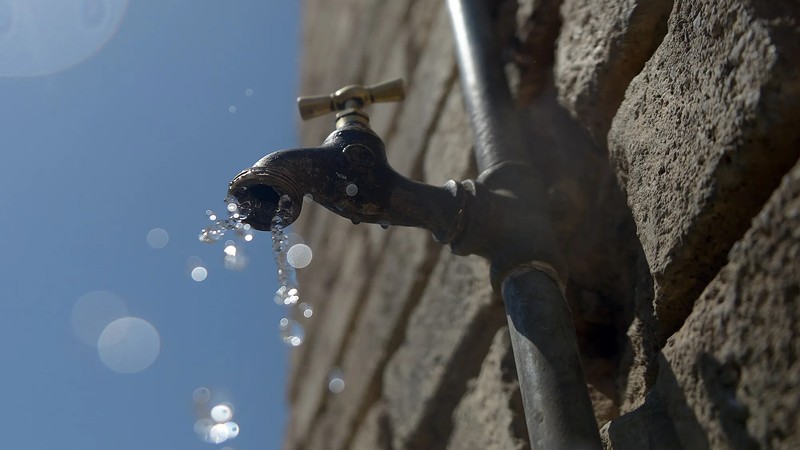Department of Water and Sanitation reassures ARV traces in water pose no health threat
The Department of Water and Sanitation (DWS) has assured the public that there is no health risk following the detection of trace amounts of antiretroviral (ARV) drugs in some of South Africa’s rivers and drinking water sources.
The findings stem from a Water Research Commission (WRC) study conducted by North West University to investigate contaminants of emerging concern (CECs).
“The presence of ARV residues in drinking water is harmless,” DWS said, adding that the levels found were extremely low, measured in nanograms, or one-billionth of a gram per litre.
“Pharmaceuticals such as ARVs are drugs used to treat diseases; they do not cause diseases. Therefore, the presence of traces of ARVs in the water will not result in people contracting HIV.”
According to the report, traces of ARVs were detected in river systems and in a few treated water samples, with higher concentrations found downstream of municipal wastewater treatment plants.
These findings highlight a global issue: existing wastewater facilities are not designed to remove ultra-fine pharmaceutical residues.
“Higher concentrations of traces of ARVs were found downstream of wastewater treatment plants,” the DWS confirmed, attributing this to the fact that “most existing wastewater treatment works have not been designed to remove CECs.”
Despite these detections, nearly all drinking water samples had concentrations below the limits of quantification.
Fluconazole, an antifungal drug, was the most frequently found compound, followed by the ARVs nevirapine and efavirenz. Importantly, the study found no ARVs present in fish samples and no evidence of harmful health effects from the low concentrations detected in water.
However, the research has sparked broader concerns about the long-term impacts of pharmaceuticals in water, especially the possibility of antimicrobial resistance and environmental toxicity.
“At present, there is limited knowledge of environmental toxicity, potential adverse effects on ecosystems and viral resistance of these compounds,” the DWS said.
South Africa’s water safety remains guided by the SANS241 standards, based on World Health Organisation guidelines, and is enforced through national monitoring initiatives like the Blue and Green Drop programmes. These frameworks ensure that biological and microbiological threats are addressed, even as scientists race to understand newer chemical concerns.
The DWS emphasised that CECs are a global research priority.
While currently unregulated in most countries due to their low detectability and emerging nature, there is growing global investment in advanced water treatment technologies and monitoring systems.
IOL News

